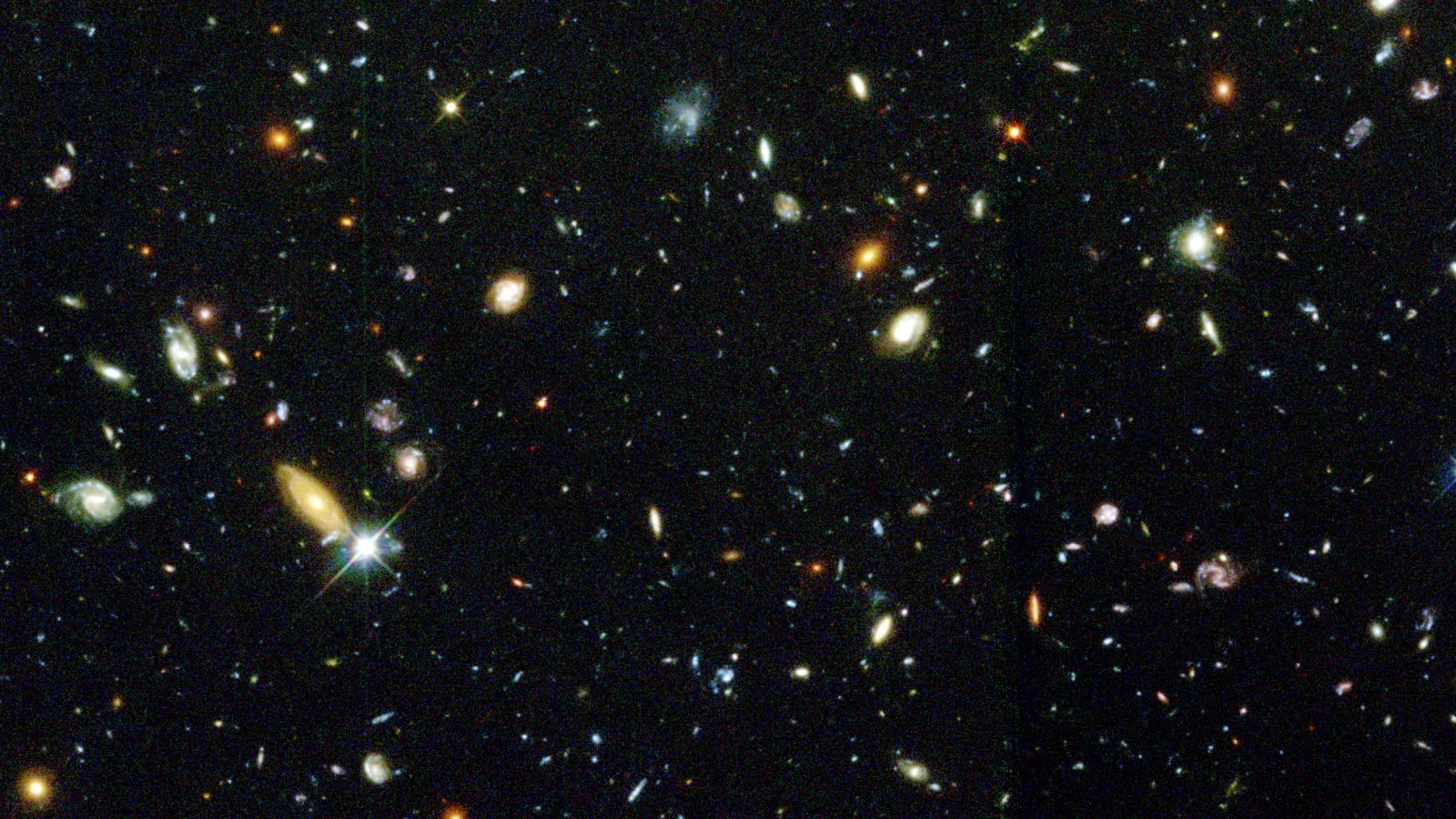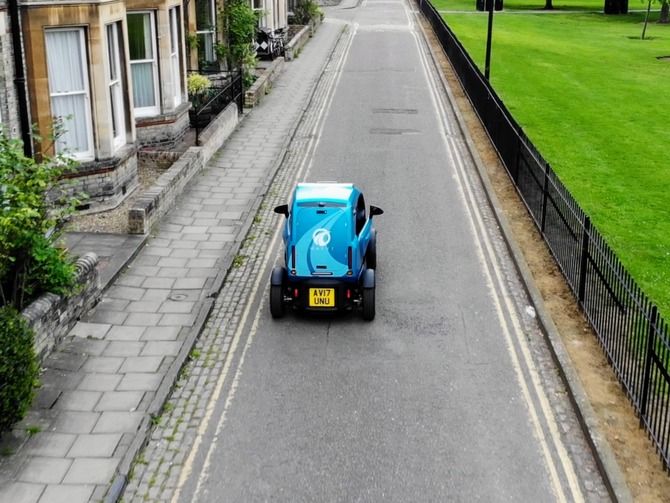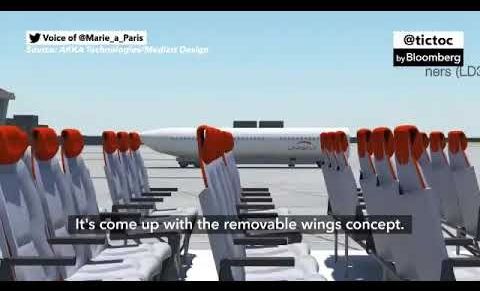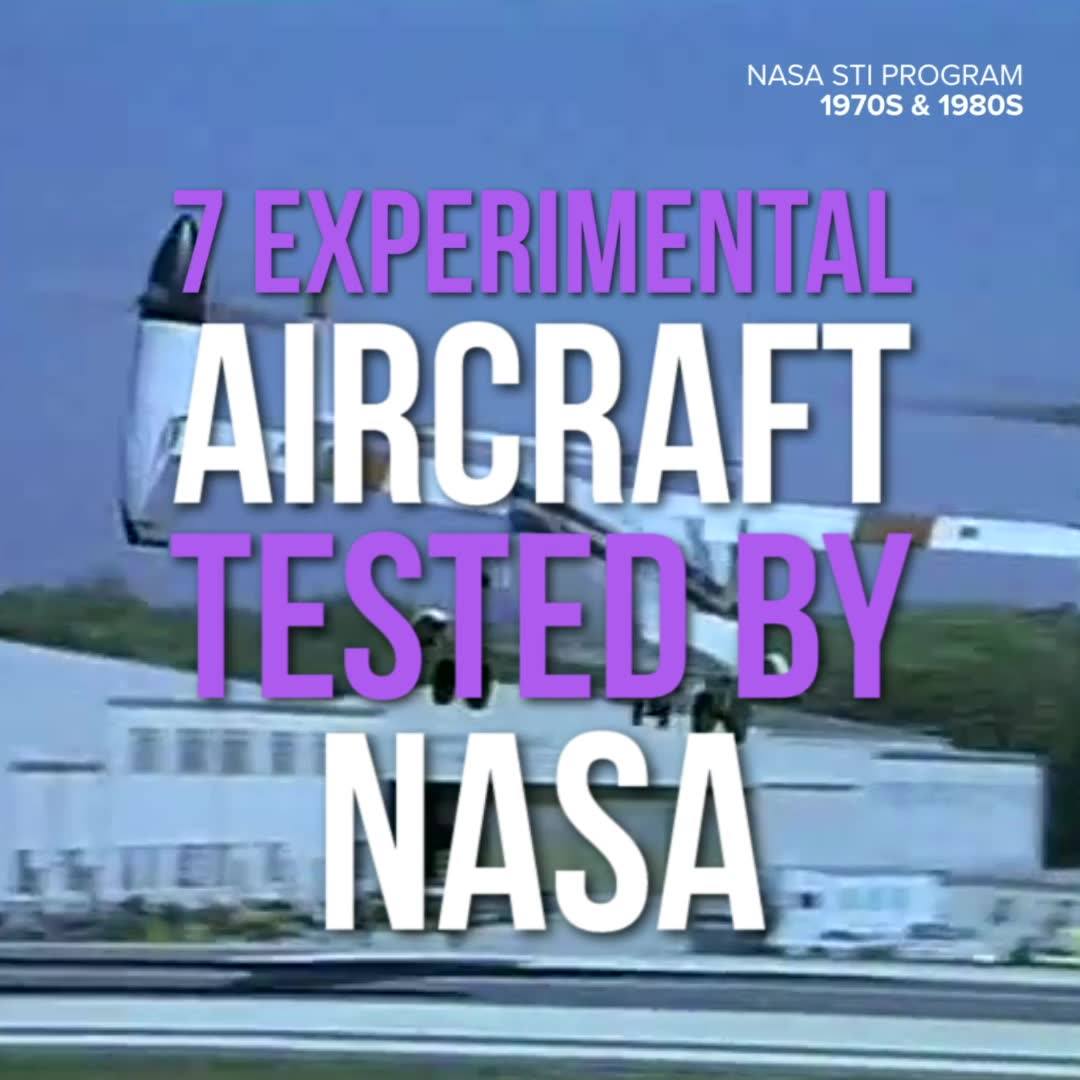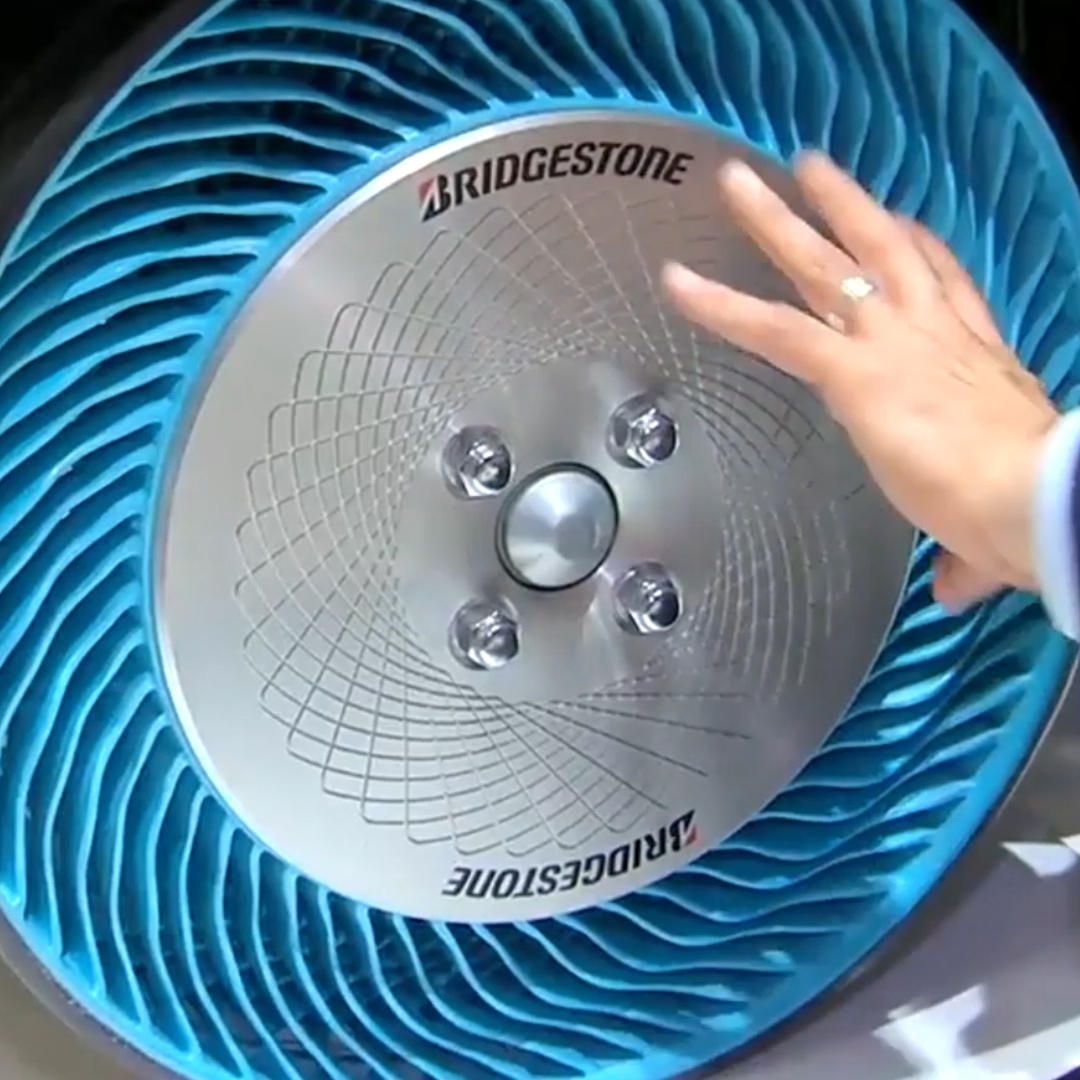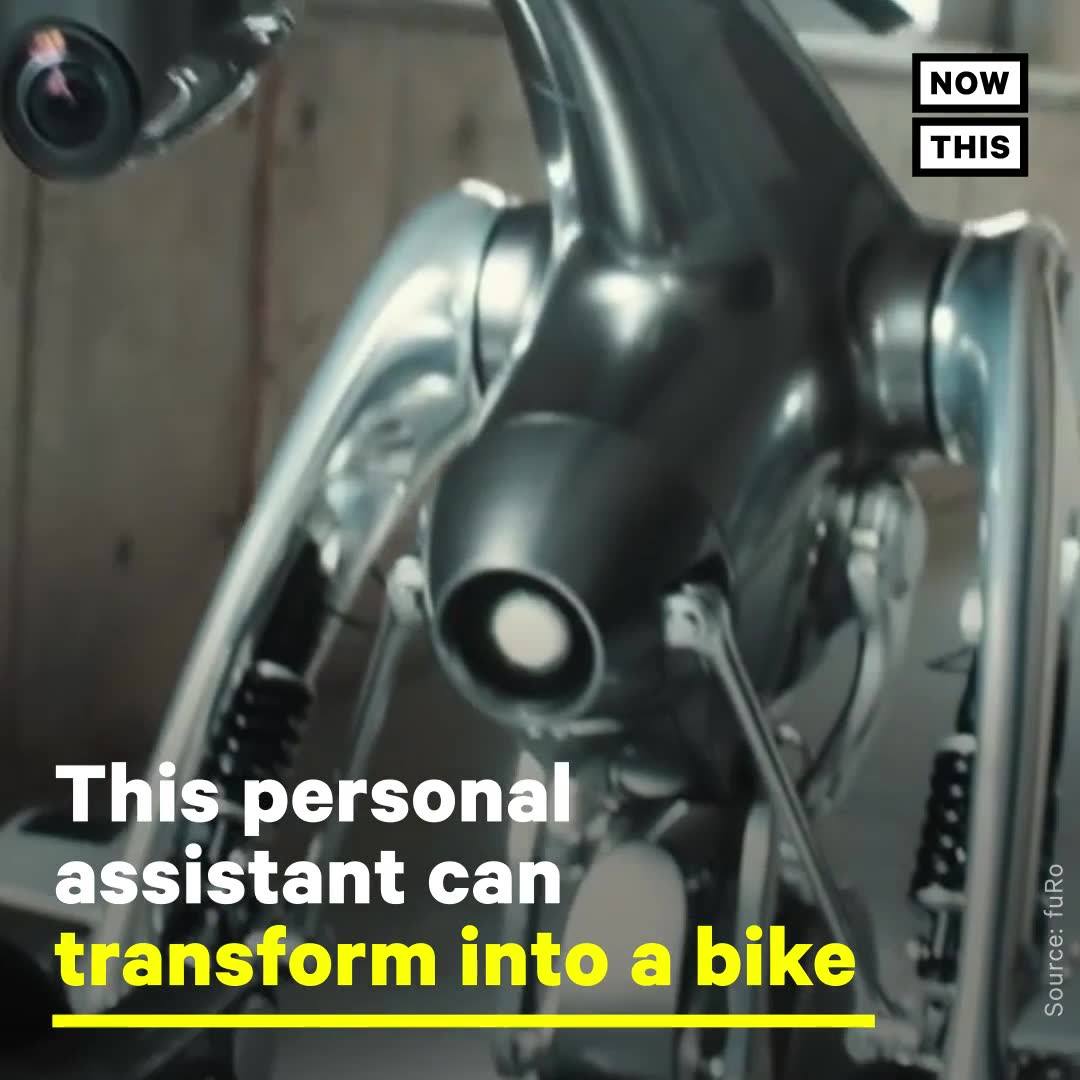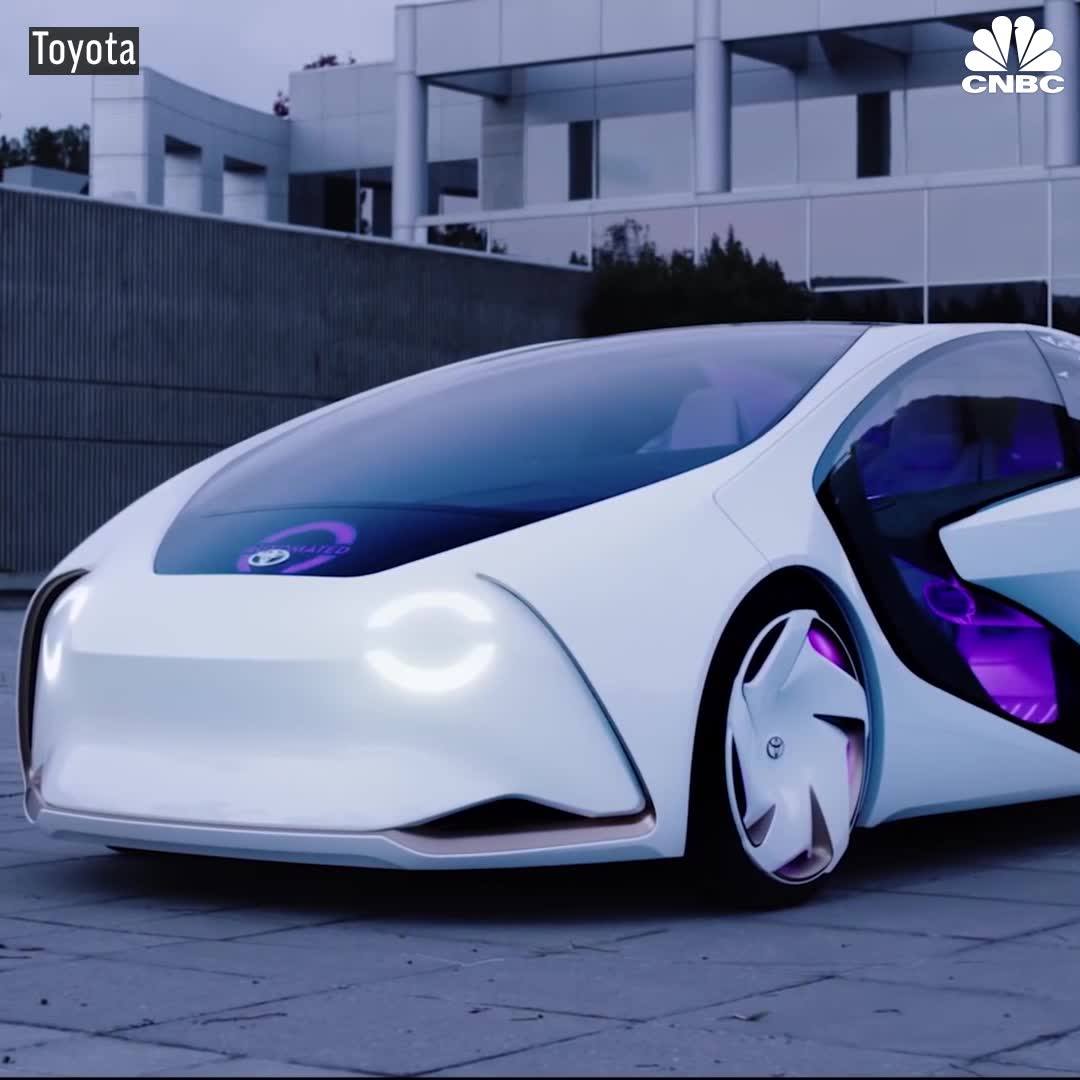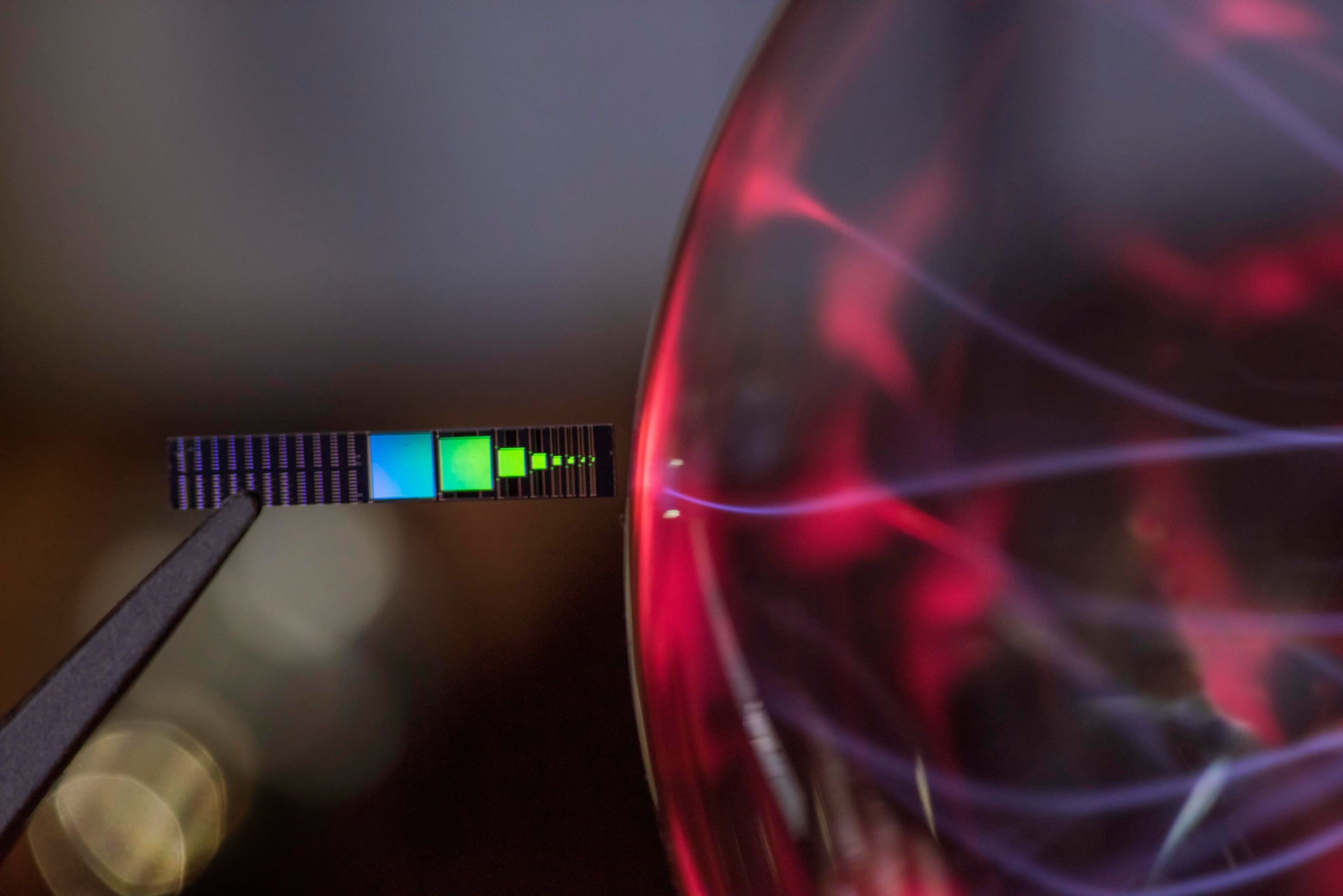You’re probably sitting still, right? Wrong, absolutely wrong. Not only are you on a spinning orb, but you’re also traveling around 70,000 miles per hour around a star, in a galaxy that, observations imply, is sailing through space at over a million miles per hour.
If the above numbers seem shocking, they shouldn’t be. The laws of physics look and feel the same for any object so long as it’s not accelerating, the way you can’t feel that a car is traveling at a steady 60 miles per hour unless you look out the window. But that also makes our galactic speed hard to measure from here on Earth. The million-plus mile per hour number is based on measurements of how the most distant objects in the Universe appear to move in comparison to us, but scientists want to try to measure our acceleration by looking at more nearby objects.
